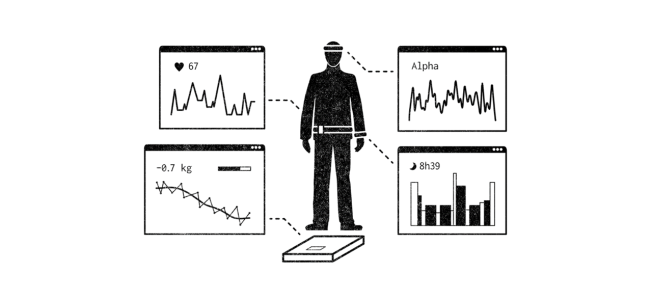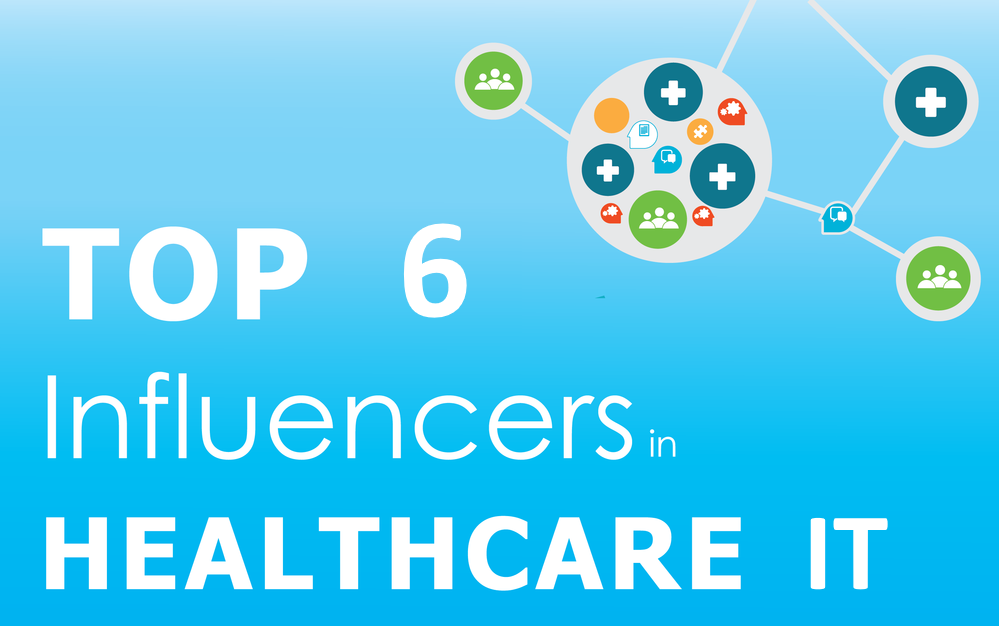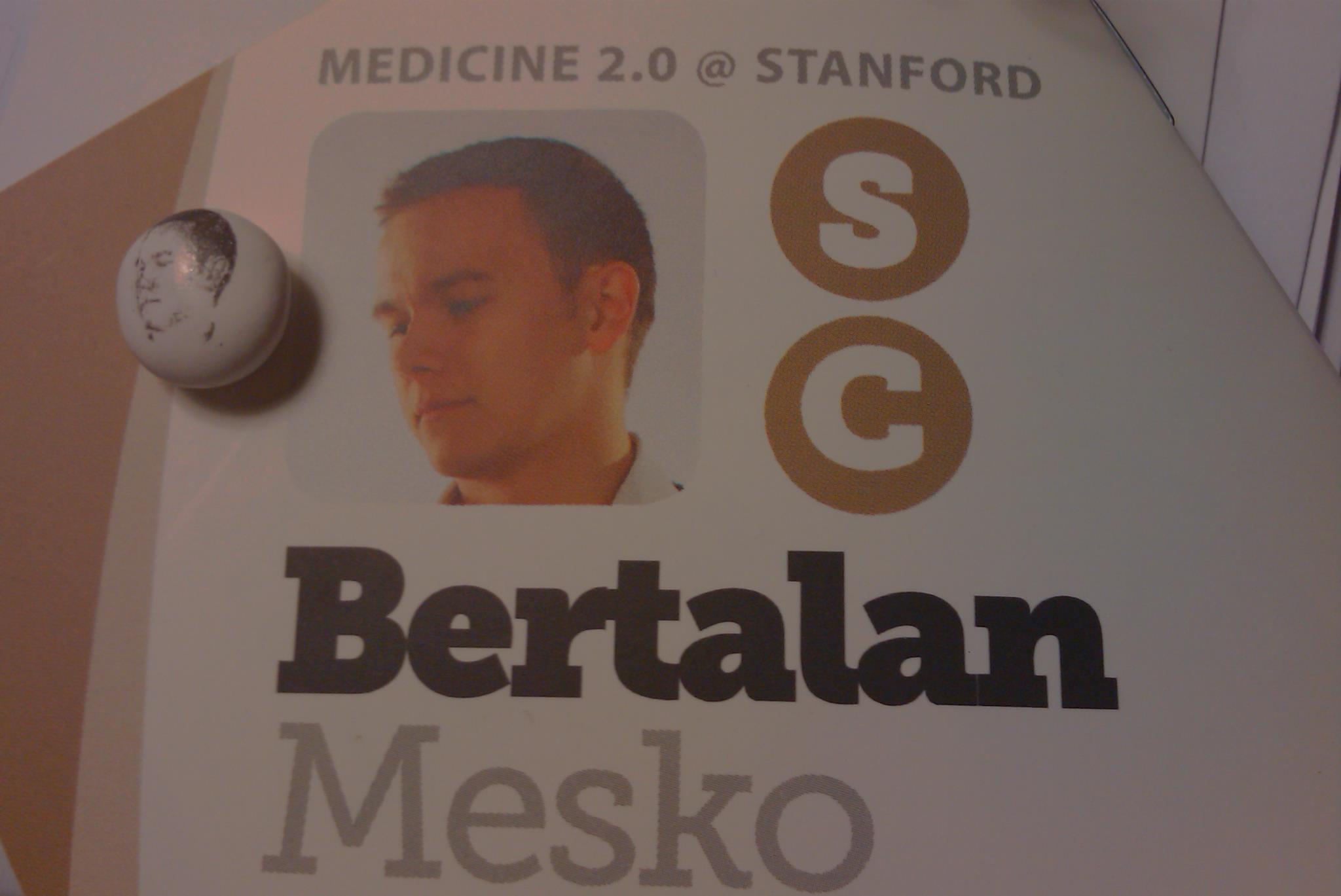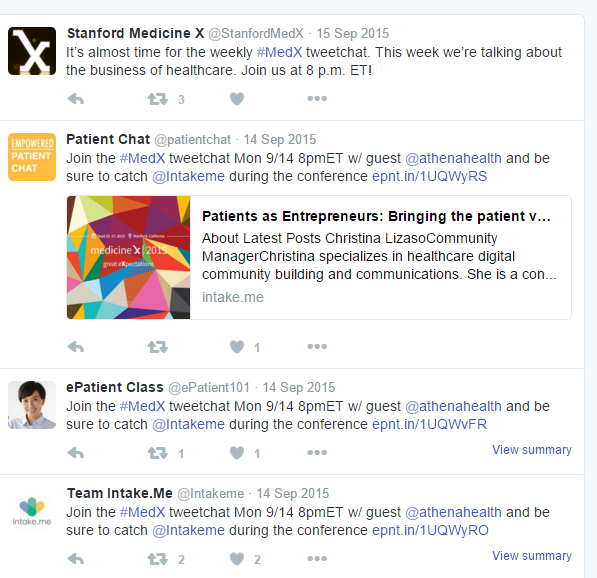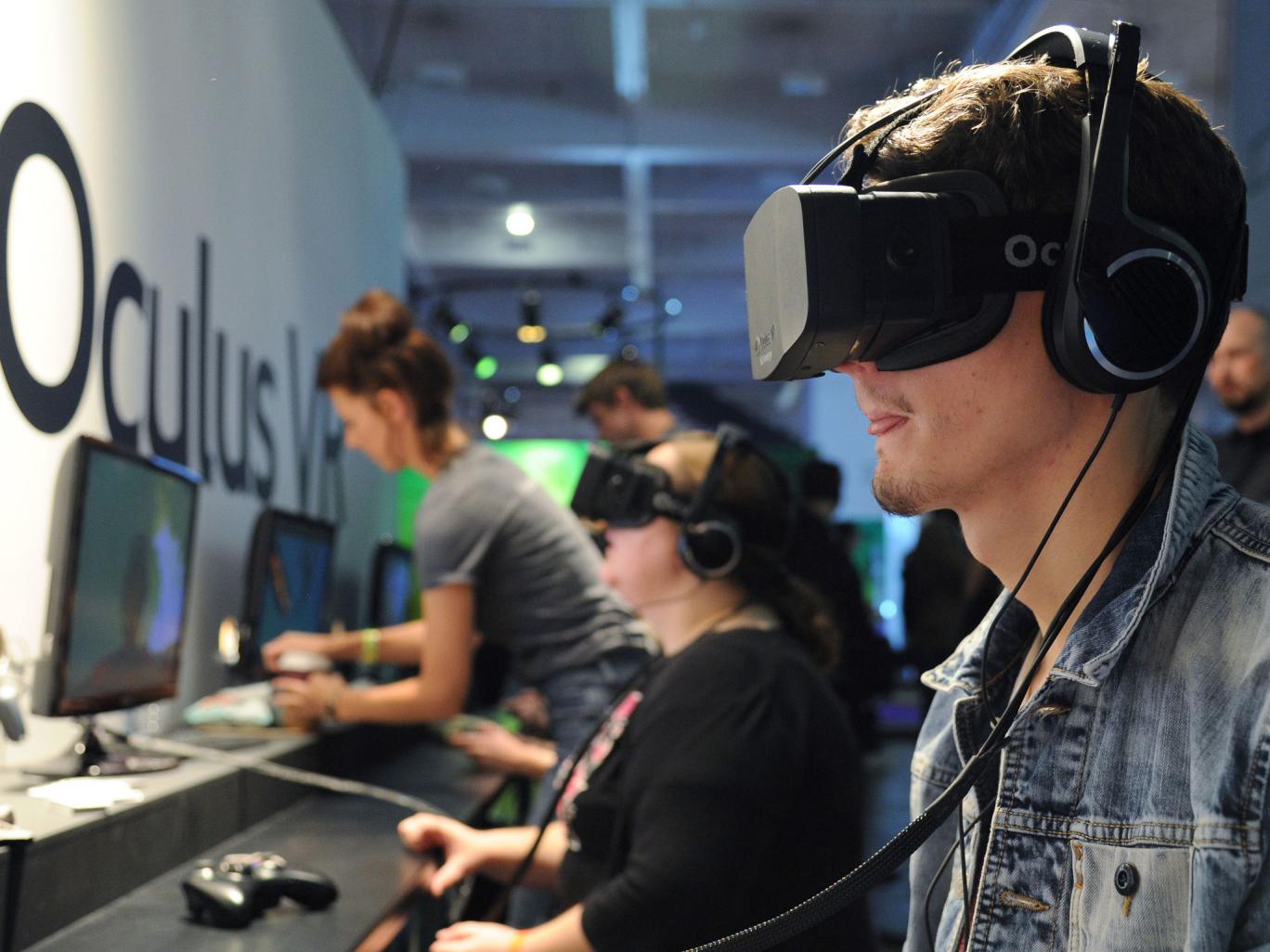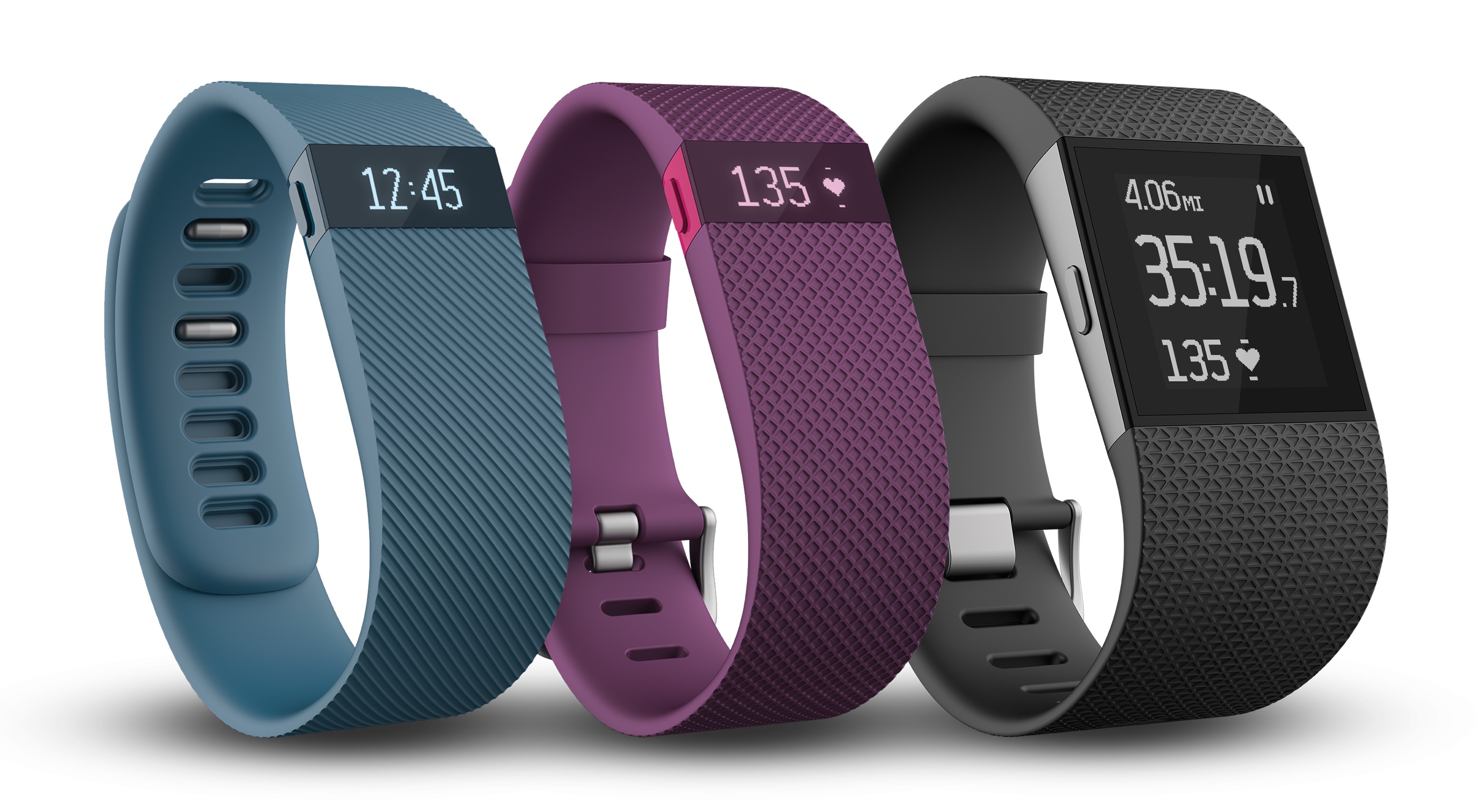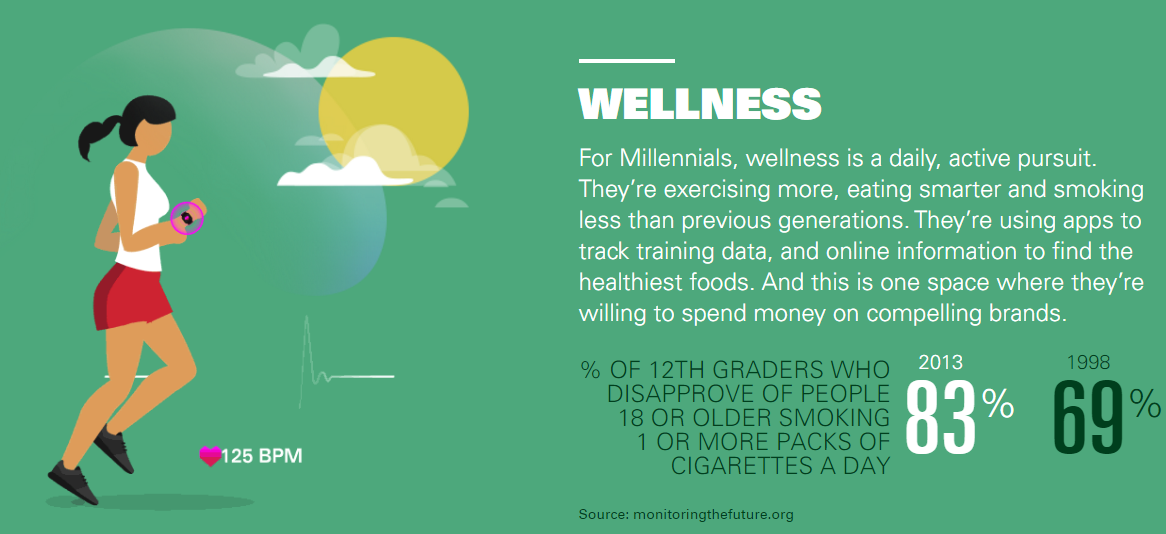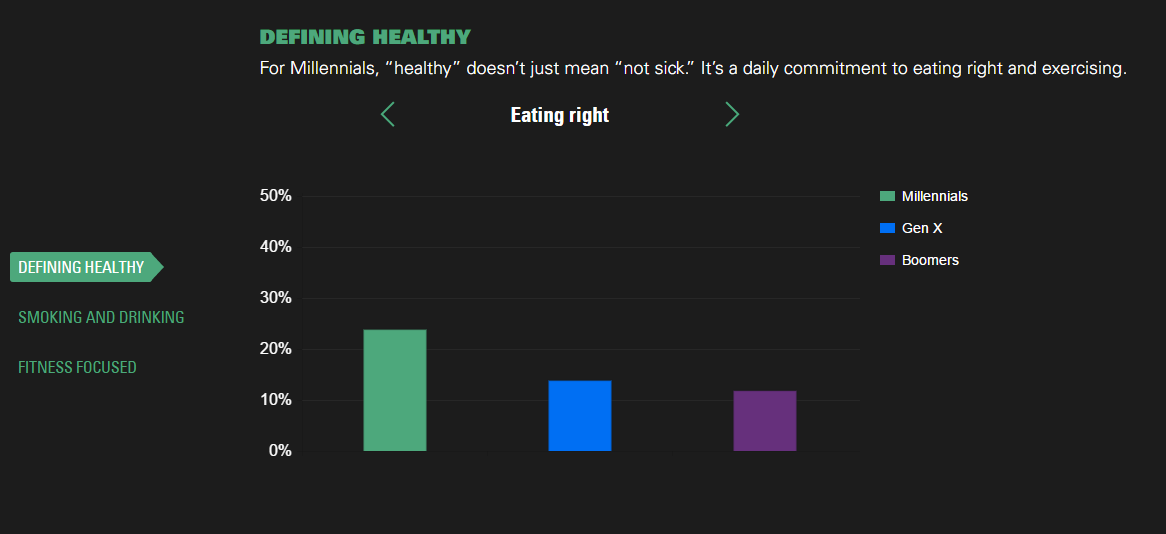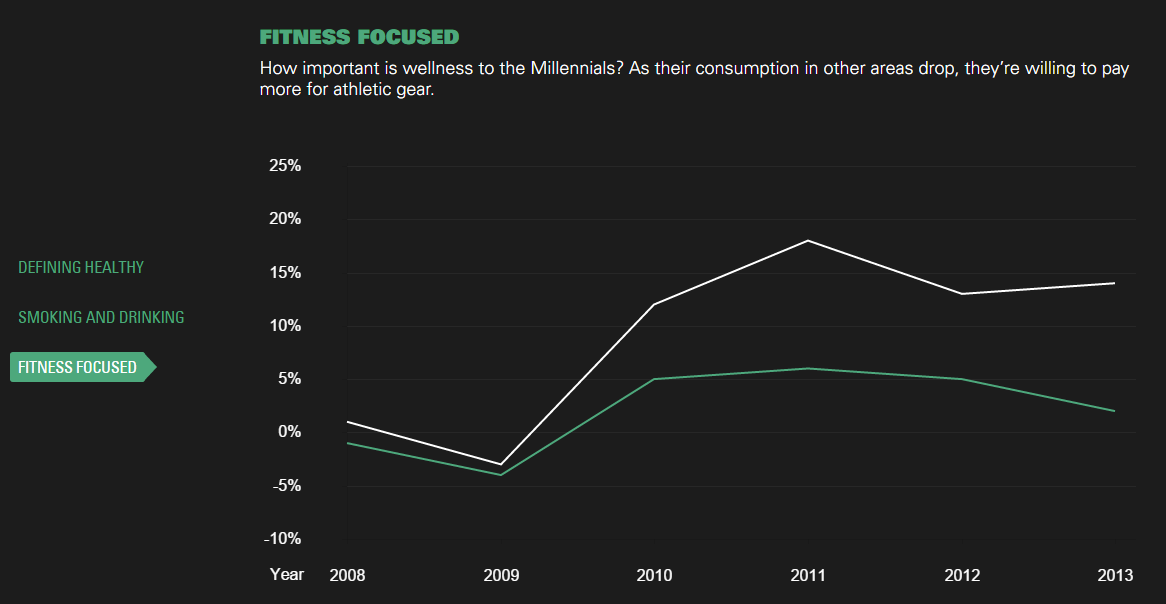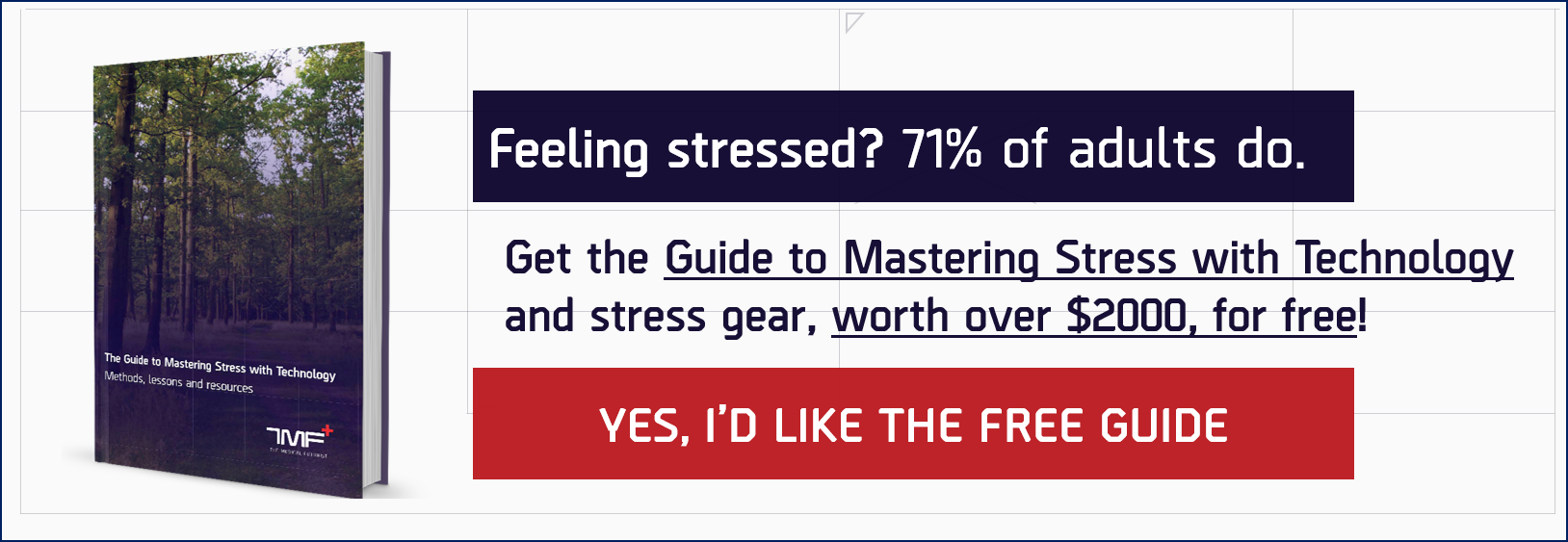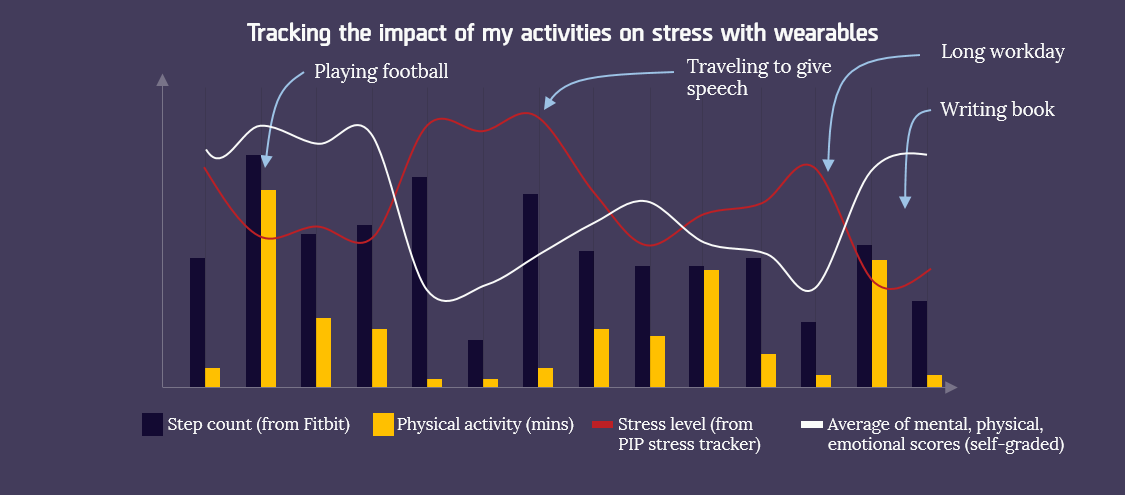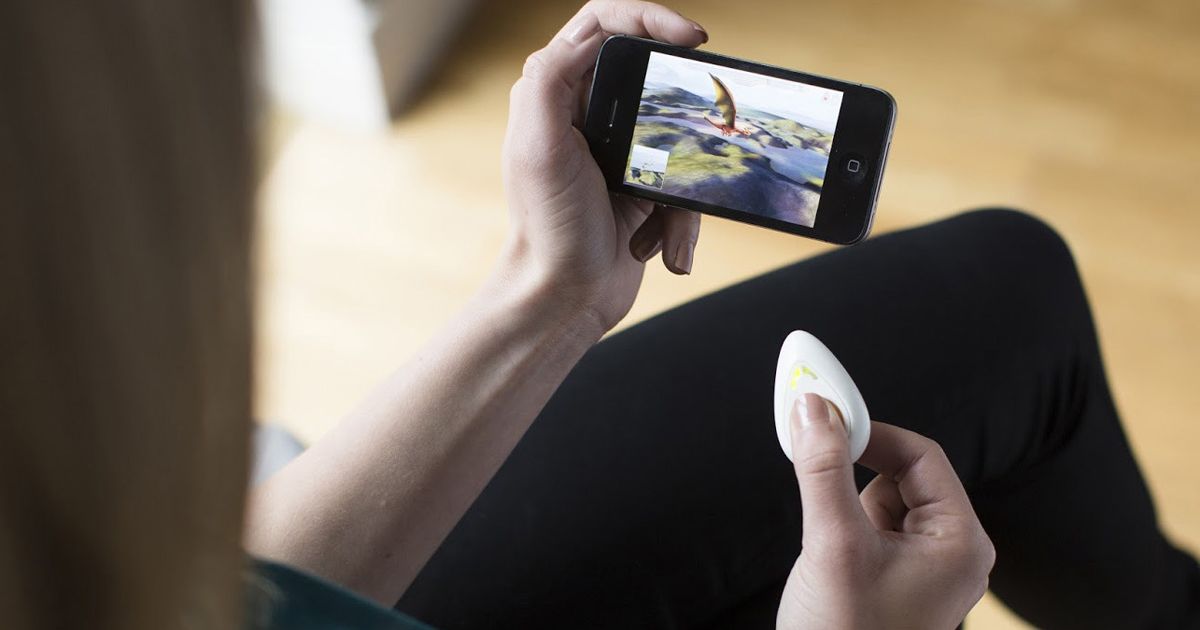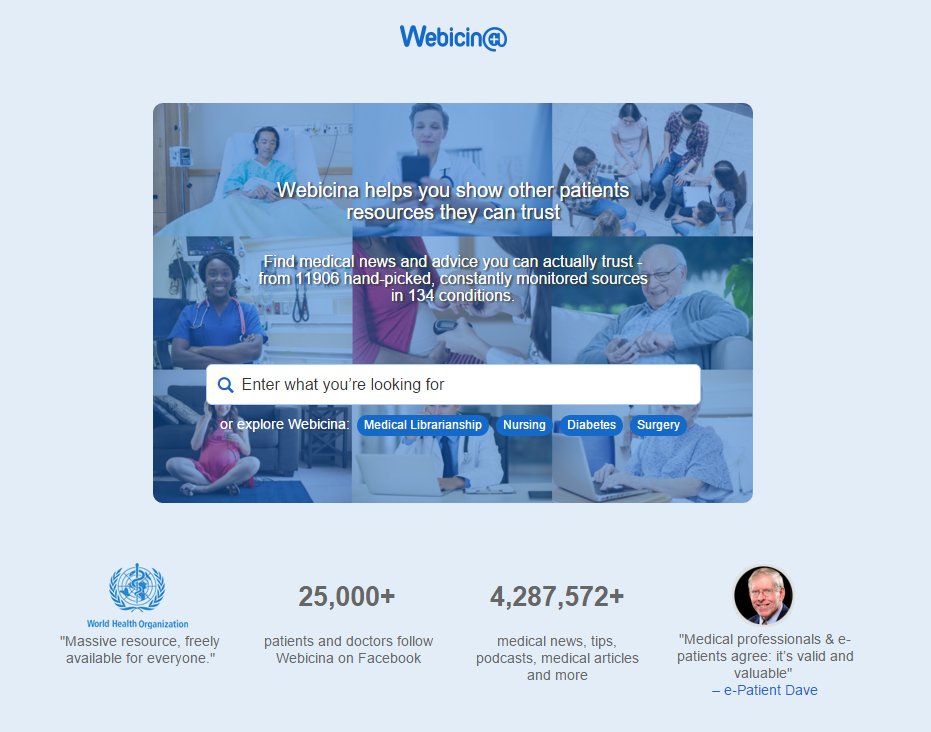Almost everyone has broken a bone at some point. We all know what it is like living with a plaster cast for weeks. The skin under the plaster itches all the time, the cast is heavy and taking a simple shower without damaging it is a feat. Complications like ulcerations and infections can arise. The fiberglass cast that physicians introduced in the 1990s costs more and takes more time to apply to a limb, and suffers from basically the same issues. It’s now 2016 – cognitive computers diagnose diseases; researchers 3D print liver tissue and surgical robots are used in many operating rooms. But the plaster cast is still here. Hopefully, its days are numbered.
The opportunities of 3D printed casts
3D printing casts could finally transform the experience of breaking a bone. In 2014, designers have experimented with 3D printed wrist braces which they printed in an open shape, then bended on the wrist of the patient after heating in hot water. It was a great first step, but as a Do-It-Yourself method requiring 3D printing skills, it didn’t make waves.
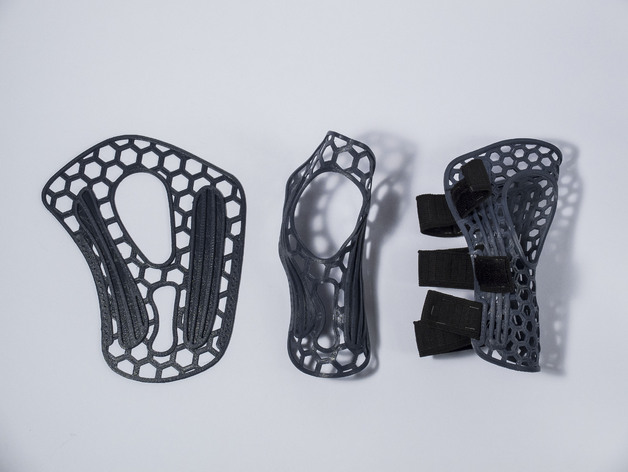
I saw the future of casts in 2015, when I met Scott Summit, Design Director of 3DSystems. He’s had ongoing issues with his wrist and finally tailored a 3D printed cast specifically for himself, becoming perhaps the first patient ever to have a shower with a cast on, but without a bunch of plastic bags wrapped around the limb. As the cast was printed to match his anatomy, his physician could open and close it in seconds, but it still held his wrist tightly. And it cost Scott around 50 USD and took a few hours to create.
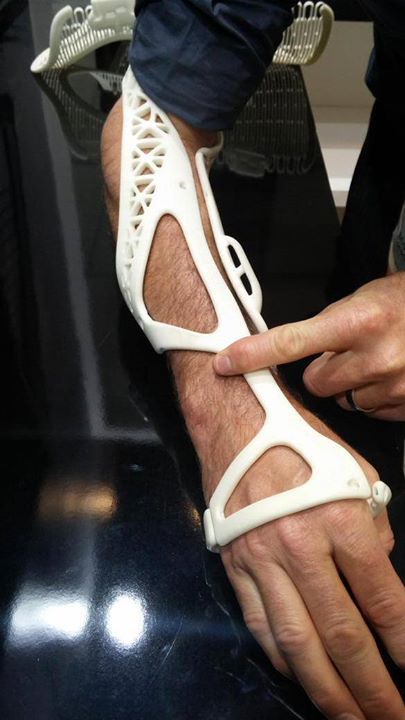
The future of casts must be similarly patient and doctor friendly, but much easier to produce. When I discussed the issue with traumotologists, they were all for 3D printed casts, but had reservations about the sturdiness and fitting of the cast, not to mention the lack of manufacturing capabilities at today’s clinics and resulting waiting times and costs of each cast.
How to transform the casting experience
A 3D printed cast requires a high resolution scanner to create a virtual model of the patient’s body part, and a quality 3D printer to make a sturdy, but lightweight cast. At the moment, available scanners are either costly or low-resolution, which would lead to ill-fitting casts and improperly mended bones.
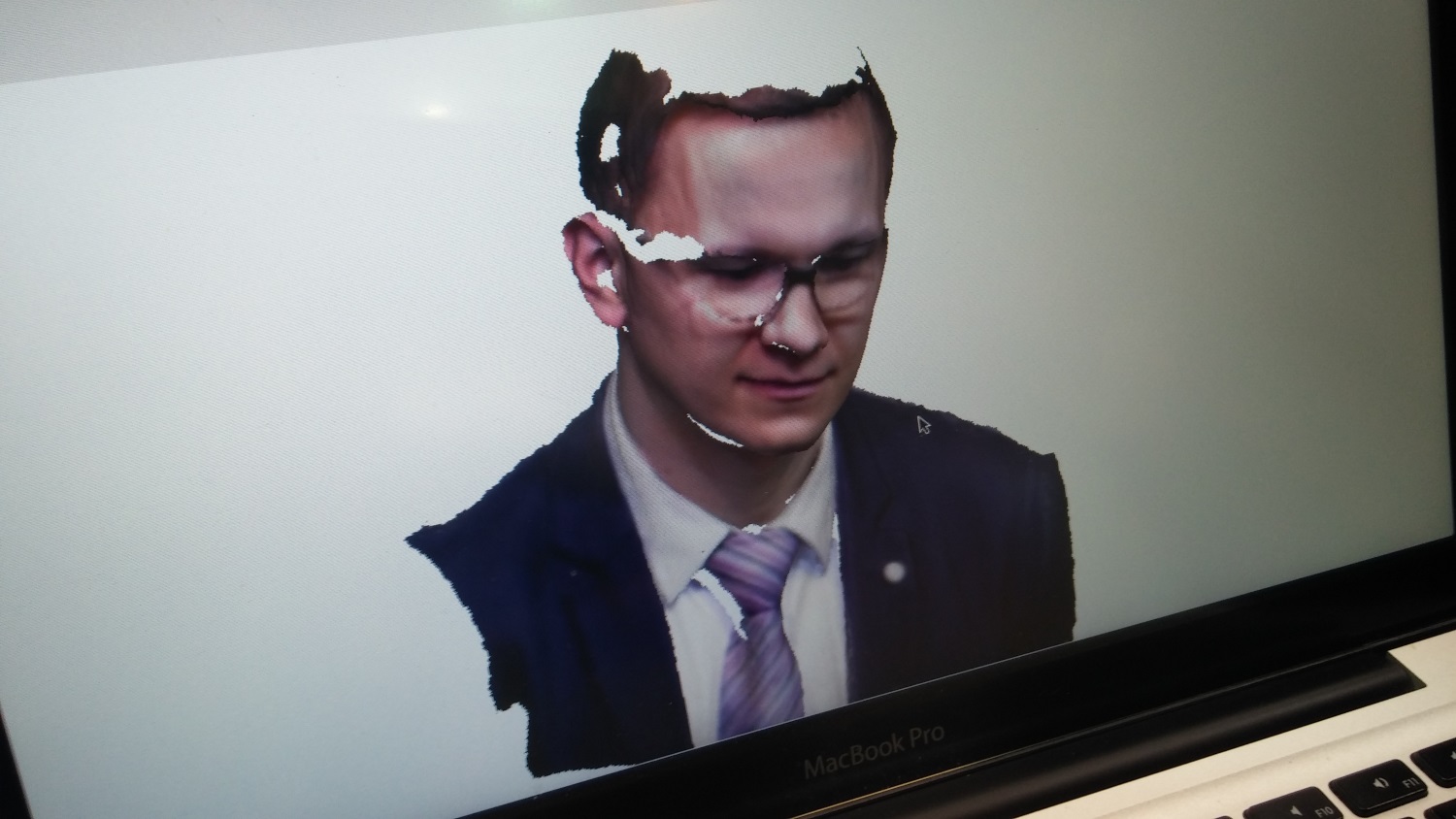
This is why I was excited when I came across the invention of a Dutch student named Pieter Smakman, who created a scanner using cheap laser pointers, 32 cameras, and a Raspberry Pi computer. His system is able to precisely digitize the hand and fingers and may also help in fitting prosthetic and orthotic devices to each individual patient.
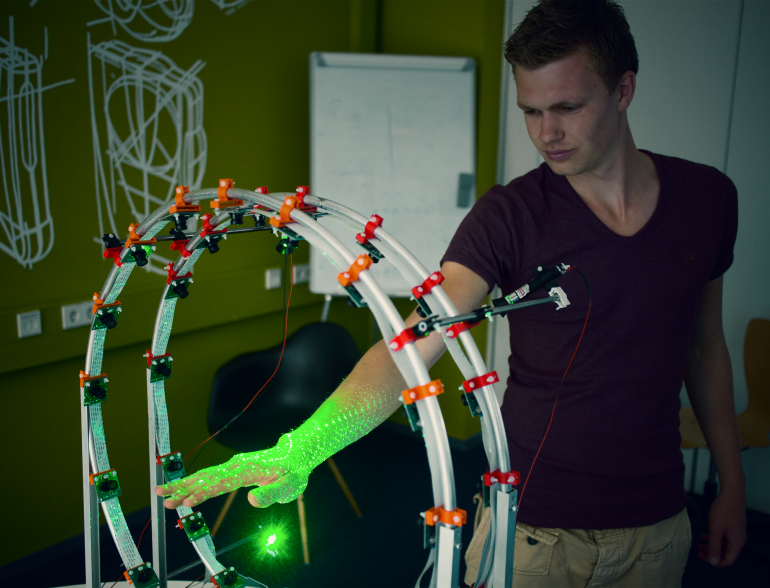
With cheap scanners, we only have to solve the 3D printing part of the equation.
Luckily, as casts are simple in design and only require basic plastic materials, a simple 3D printer costing as little as $100 would be sufficient. But 3D printing software was not designed for physicians, so new services are needed that make printing out a personalized cast a piece of cake for any doctor.
The Spanish 3D printing startup Exovite may be on the right track. Their system consists of a 3D scanner capable of modelling the patient’s limb precisely, and generates a personalized custom made splint that is printed by a 3D printer. Printing the cast only takes 30 seconds. The system also includes a rehabilitation module that stimulates the muscles below the cast with electric signals, speeding up recovery and preventing muscle atrophy.
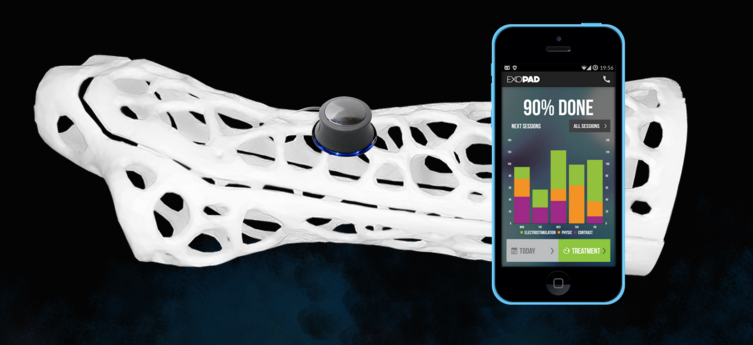
Imagine a scenario where you have broken or twisted a limb, and need a cast. Previously, a messy process of fitting plaster to your hurting body part would be followed by frequent doctor visits to refit the cast as the inflammation subsides or muscles atrophy. Instead, the doctor just scans your arm, prints out a water-proof, lightweight cast in seconds using a software approved by traumatologists, and you’re free to go home. At the next visit, your caregiver simply pops it open to examine the injury. Cheaper, faster, more convenient for both patient and doctor. No complex, expensive machinery or solutions required.
Wondering when that scenario will become a reality? The only thing we need is demand from society – both patients and doctors, which will compel providers to make it happen. If you have a practice where you treat patients with bone injuries, think about the advantages of implementing 3D printing into your work.
To find more resources and advice on medical 3D printing, follow 3DSystems and Exovite.


